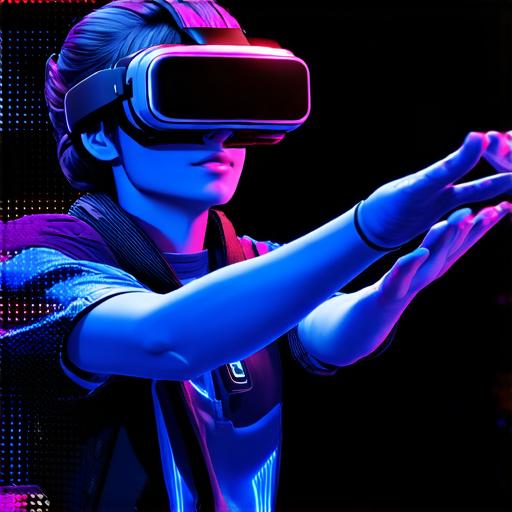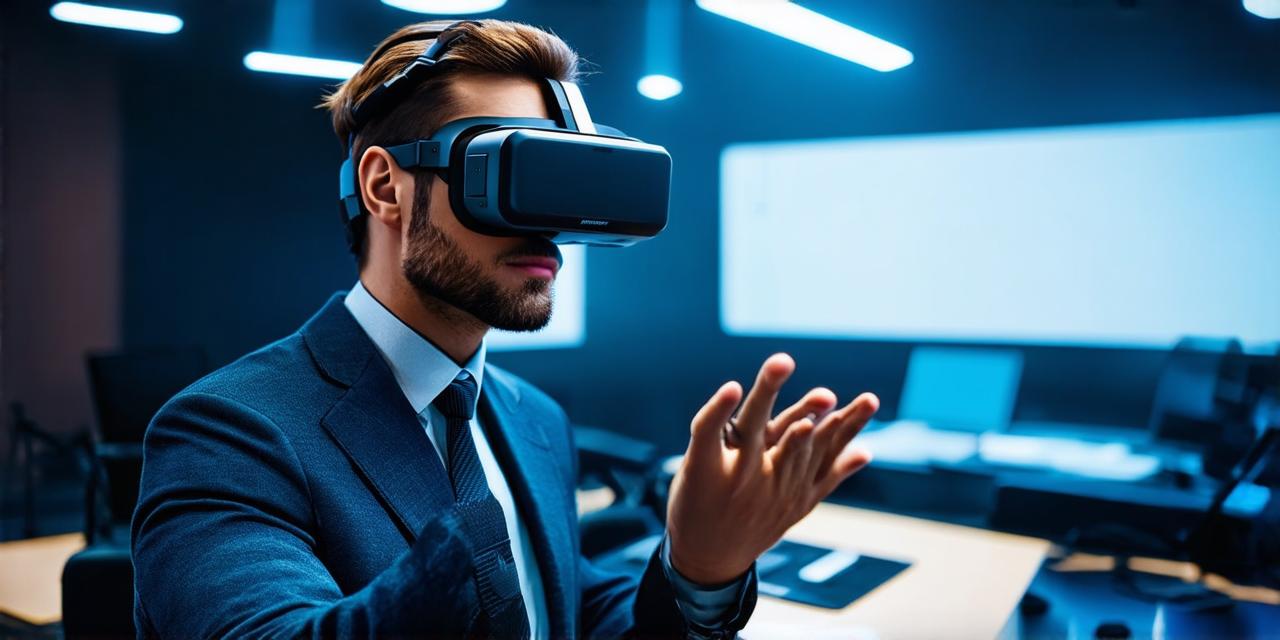Engaging with virtual reality (VR) can be an immersive and transformative experience. However, it requires a unique set of competencies that are different from traditional forms of media or technology.
1. Comfort and Familiarity with Virtual Environments
Virtual reality can be disorienting and uncomfortable for people who are not used to immersive environments. To fully engage with VR, it is important to have a comfort level with the technology and be familiar with the virtual environment.
This means being able to navigate through the virtual world easily and intuitively, without feeling overwhelmed or confused.
2. Adaptability and Flexibility
Virtual reality is constantly evolving, and what works in one virtual environment may not work in another. To engage with VR effectively, it is important to be adaptable and flexible, able to quickly adjust to new environments and experiences.
This means being able to think on your feet and make quick decisions in response to changing circumstances.
3. Imagination and Creativity
Virtual reality allows for endless possibilities and opportunities for exploration and creativity. To engage with VR effectively, it is important to have an imagination and a creative mindset.
This means being able to envision new experiences and ideas, and to think outside the box when exploring virtual environments.
4. Physical Fitness and Coordination
Virtual reality can be physically demanding, requiring users to move and interact with their environment in ways that may not be possible in real life. To engage with VR effectively, it is important to have good physical fitness and coordination.
This means being able to move quickly and accurately in a virtual environment, as well as having the strength and endurance to maintain an active posture for extended periods of time.

5. Technical Knowledge and Skills
Virtual reality requires technical knowledge and skills to operate effectively. To engage with VR effectively, it is important to have a basic understanding of how the technology works and how to troubleshoot common issues.
This means being able to navigate menus and settings, as well as having the ability to troubleshoot problems that may arise during use.
In conclusion, engaging with virtual reality requires a unique set of competencies that are different from traditional forms of media or technology. To fully engage with VR, it is important to have comfort and familiarity with virtual environments, adaptability and flexibility, imagination and creativity, physical fitness and coordination, and technical knowledge and skills. By developing these competencies, users can maximize their VR experience and enjoy the immersive and transformative power of this technology.
